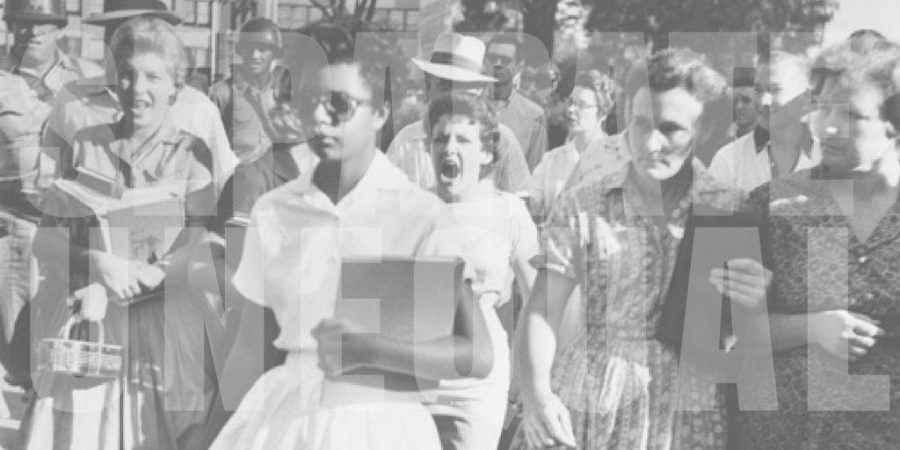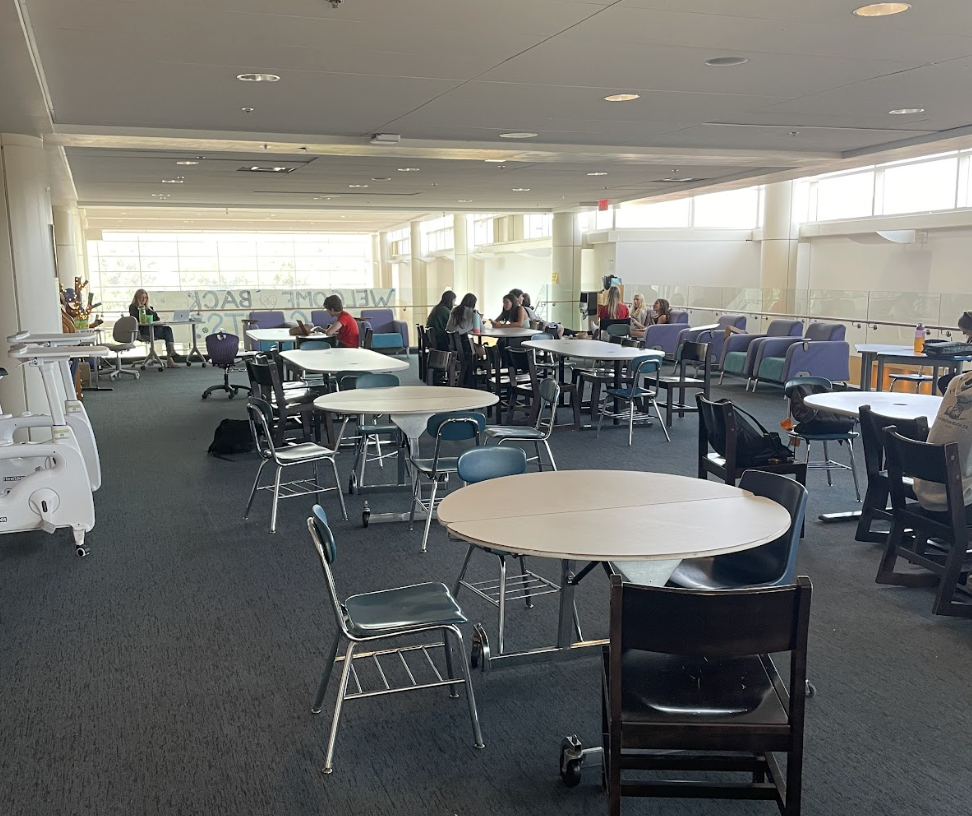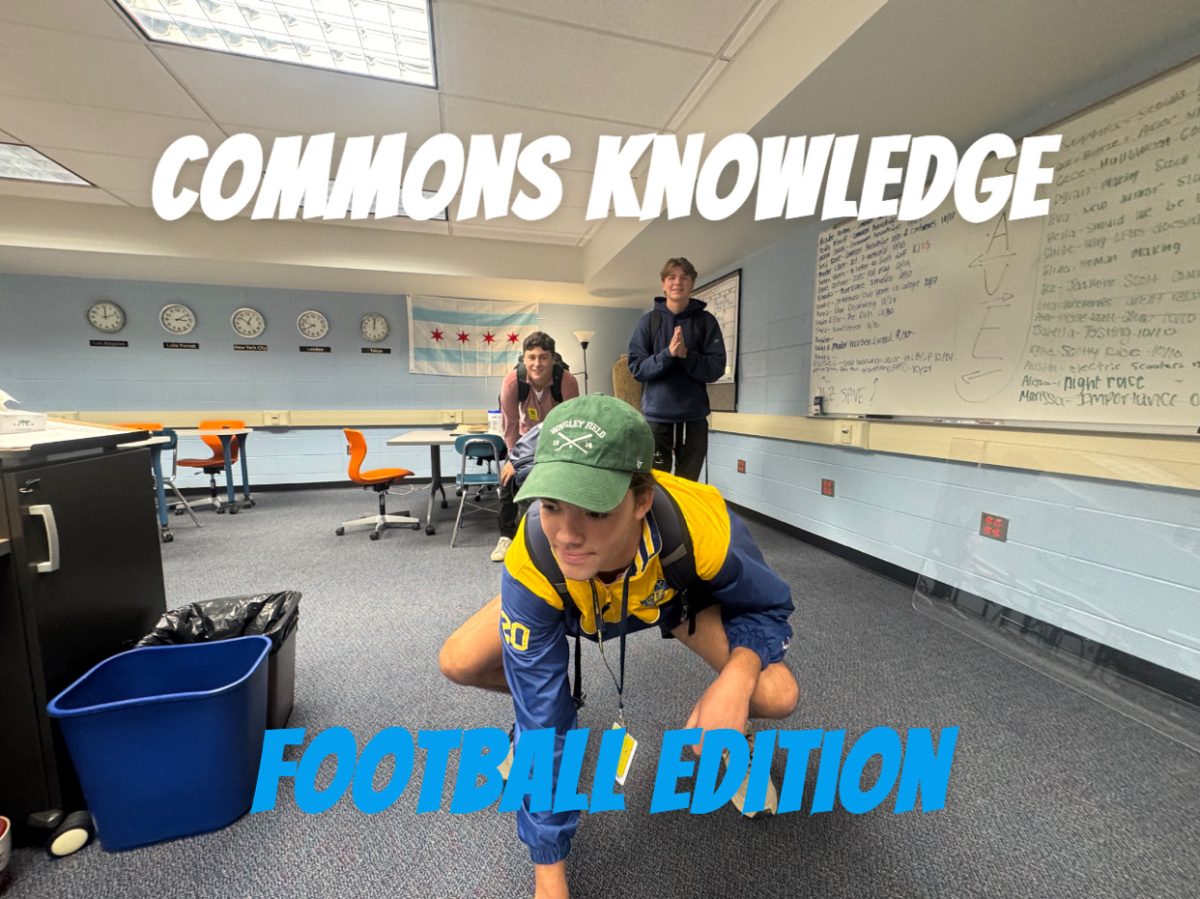As this school year got underway last August, the Illinois state legislature finally passed a school funding reform law that had been years in the making, known as the Evidence-Based Funding for Student Success Act (or the School Funding Reform Act). As I described in Part 1 and Part 2 of this series, Illinois school funding was badly in need of reform. We ranked 50th of 50 states in disparity between funding for poor and rich schools, and 48th in disparity between funding for majority white and majority black schools. For decades Illinois supplied very little state tax revenue to public schools, instead relying heavily on the local taxes. Poorer localities relied on a small pot of state dollars supplemented by paltry local tax revenues, while wealthier localities got a small portion of their funding from that pot of state money–relying instead on the significant property tax base available to them. The state of Illinois didn’t contribute enough to the school system to balance out that difference.
The Illinois School Funding Reform Act is designed to even out that disparity, by putting more money into the state school funding pot and distributing the new dollars, so called “equity funding,” to the neediest schools.
 To come up with this new formula, the state had a bunch of researchers come together to determine what a good school should look like, including the number of administrators, technology, and class sizes. They came up with 27 different elements of a successful school and determined a dollar amount associated with each element.
To come up with this new formula, the state had a bunch of researchers come together to determine what a good school should look like, including the number of administrators, technology, and class sizes. They came up with 27 different elements of a successful school and determined a dollar amount associated with each element.
Using this information they were able to determine how much money each school would need to run appropriately, based on the population of each school. They also applied a multiplier for some districts because the cost of hiring teachers is lower or higher depending on the area. Finally, they analyzed how much funding schools were getting from local revenue, including business and property taxes, or Local Capacity Target, and current state contributions, or Base Funding Minimum. Under the law, no district can lose state aid that it previously received. The difference between a district’s current level of funding and its adequacy target determines the percent of adequacy the school is funded at.
Schools are then placed into one of four tiers depending on that percentage. Tier 4 schools are already funded above 100% adequacy and therefore receive 0.1% of new dollars. This is the category LFHS is in, as we are funded way above 100% of adequacy. Schools between 90-100% are deemed Tier 3 and will receive .9% of new funds. Schools below 90% comprise Tiers 1 and 2, with Tier 1 being the schools most desperately in need of additional funding. Those schools will receive 99% of new dollars from the state.
The researchers found that over 80% of school districts in Illinois are below adequacy. The hope is that this new formula will focus funds on districts that need them to most, and help create a more equitable system in Illinois. The new formula should decrease the number of Tier 1 districts and help close the gap on student achievement based on socio-economic status.
In short, this new bill will not affect funding at LFHS in any significant way. We should receive approximately $2000 new dollars from the state. However, North Chicago, a Tier 1 school district, should receive around $2.1 million new dollars. The expectation is that the Tier 1 and 2 schools show a large improvement in student achievement as a result.
Since August, the state has been trying to iron out the details of this bill, necessitating another veto and legislative override. In mid-January, the Illinois State Board of Education submitted a budget requesting over $15 billion dollars for education, more than twice that previously requested, citing the amount that would be needed to provide every child with adequate schooling. However, that is the end goal, and not necessarily realistic at this time. For now, the bill allocates $350 million new dollars on education, which districts are scheduled to start receiving this Spring.
While the current state of school funding in Illinois is bleak, the Illinois School Reform Act is a definite step in the right direction with the power to create some real and meaningful change in children’s lives.



















